How can sustainable Arctic navigation be developed?
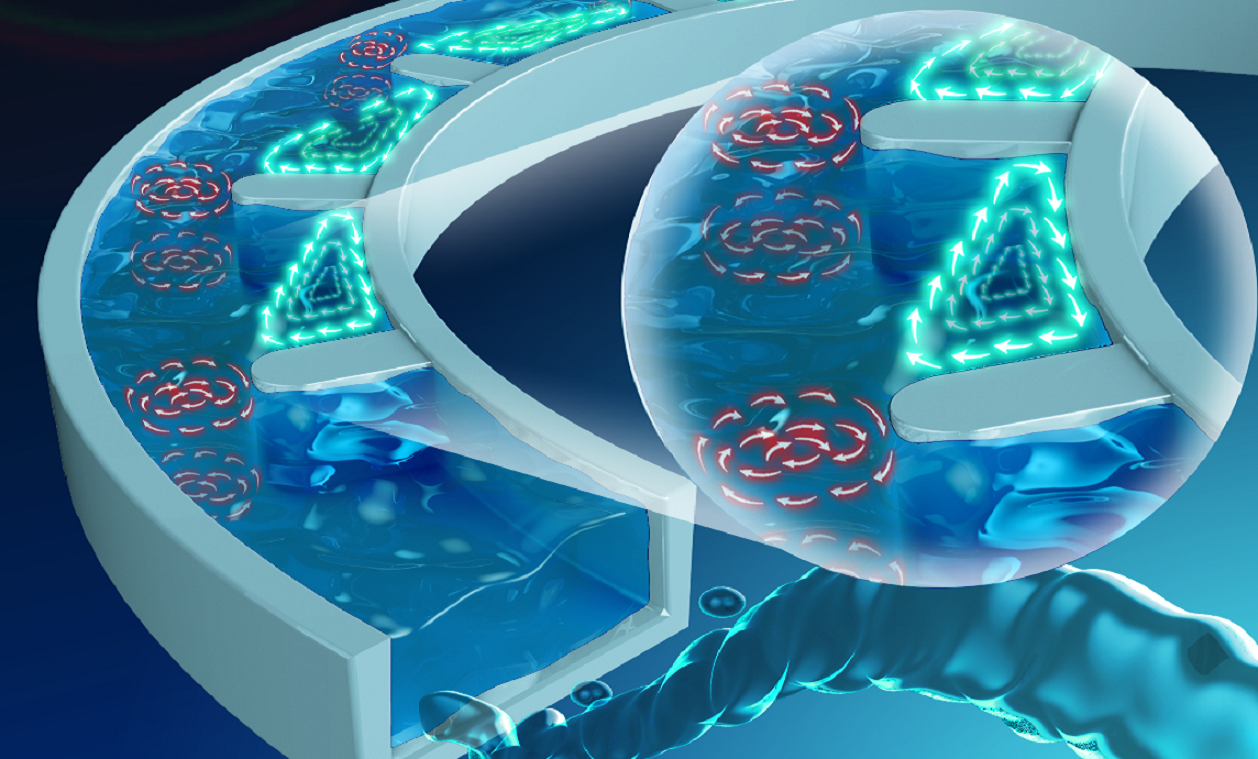
Novel Microfluidics Strategy for Efficient Fluid Manipulation
By using a series of micro-obstacles in semicircular microchannels, the acceleration of Dean-like secondary flow and helical vortices can be applied to achieve fluid manipulation in a highly-efficient manner.
![Thermoelectric Material for Carbon Dioxide Hydrogenation [Video]](https://www.advancedsciencenews.com/wp-content/uploads/2018/02/aenm201701430_ASN_image.png)
Thermoelectric Material for Carbon Dioxide Hydrogenation [Video]
Researchers from Cranfield University and Queen Mary University of London report the use of a thermoelectric material as a catalyst support and promotor for carbon dioxide hydrogenation. Using a specially designed reactor chamber, they achieve simultaneous thermoelectric energy harvesting and catalysis.

Coming Soon: TACNET 4.0
14 companies and organizations have combined forces in TACNET 4.0 – Tactile Internet, a project to create a standard system for real time industrial communications.
![High-Performance Hybrid Capacitors for Aqueous Electrochemical Energy Storage [Video]](https://www.advancedsciencenews.com/wp-content/uploads/2018/02/aenm201702895_ASN_image2.png)
High-Performance Hybrid Capacitors for Aqueous Electrochemical Energy Storage [Video]
Researchers from Korea Advanced Institute of Science and Technology (KAIST) introduce an aqueous electrochemical energy storage system based on a polyaniline/rGO anode and NiO/rGO cathode. The system demonstrates ultrafast charging of a flexible wearable kit and light-emitting diode.
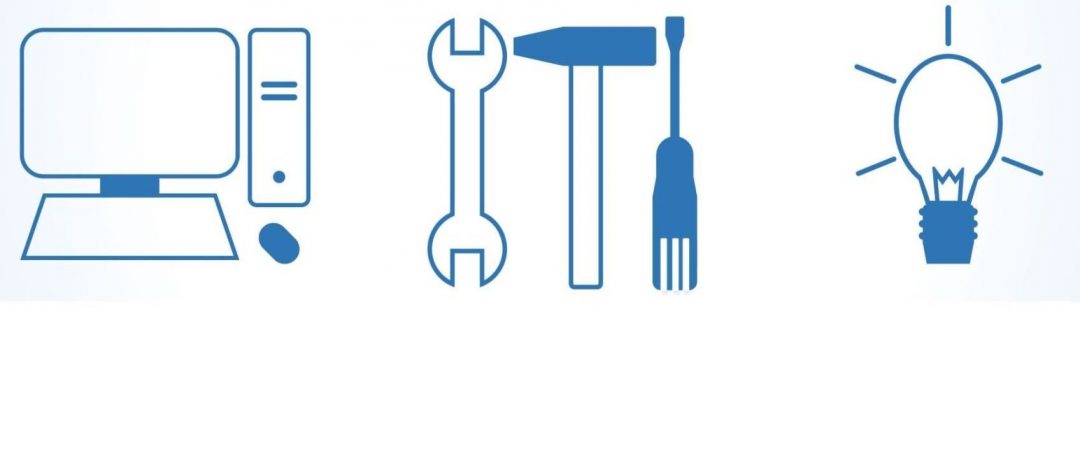
Catalysts: The Heart of Low-Pressure Olefin Polymerization Processes
Researchers from Linz and Alberta have developed a polymer reaction engineering framework for catalyst kinetic parameters.

Improving Food Aid with the Help of Linear Programming
Mathematical modeling allows for the successful development of a high-energy, nutrient-dense food product for emergency aid.
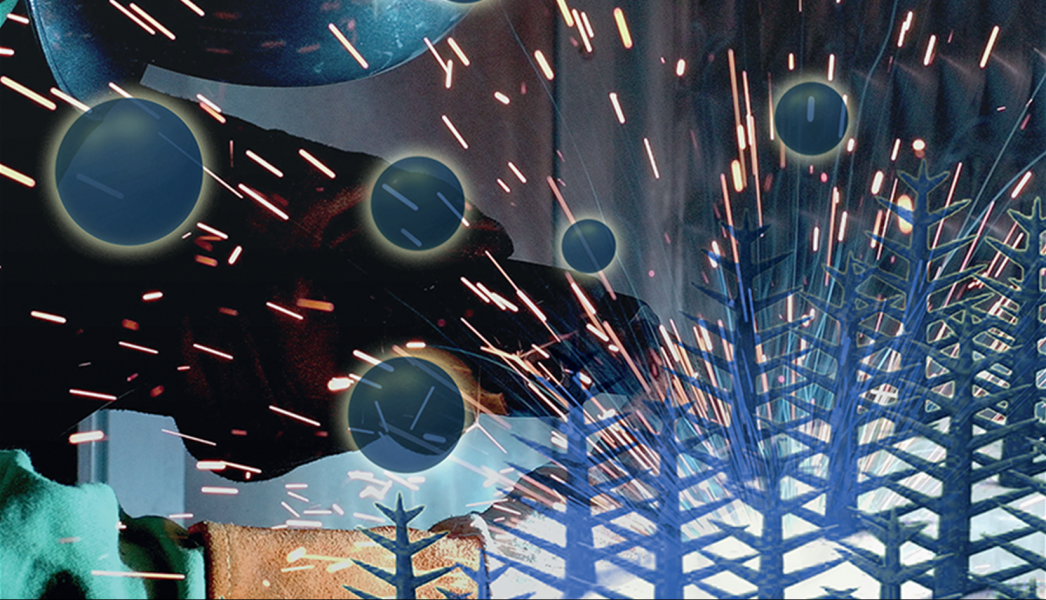
Artificial Photosynthesis: A Big Leap for Powering the Globe
The burgeoning development and sustained production of advances in the booming field of solar-to-energy conversion have inspired a Special Issue specifically dedicated to “Artificial Photosynthesis: Mimicking Nature for Renewable Energy Production” – guest editors Wee-Jun Ong, Zhiqun Lin and Kazunari Domen.
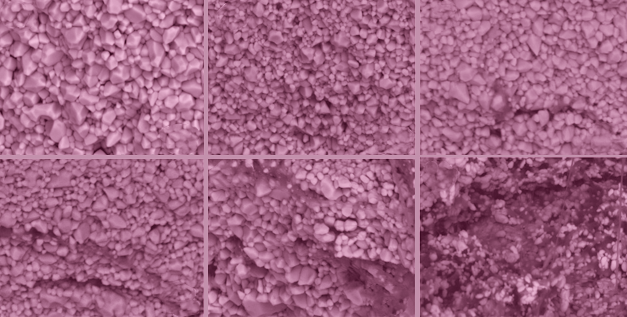
Introducing a Zinc Oxide-PTFE Nanocomposite Varistor by Cold Sintering
It is shown that polymer such as Teflon can be distributed around each grain of ZnO, and this, in turn, allows for use to form a composite material with an electrical conduction that is blocked at low fields and conducts at high field through the quantum mechanical process known as “tunneling”.
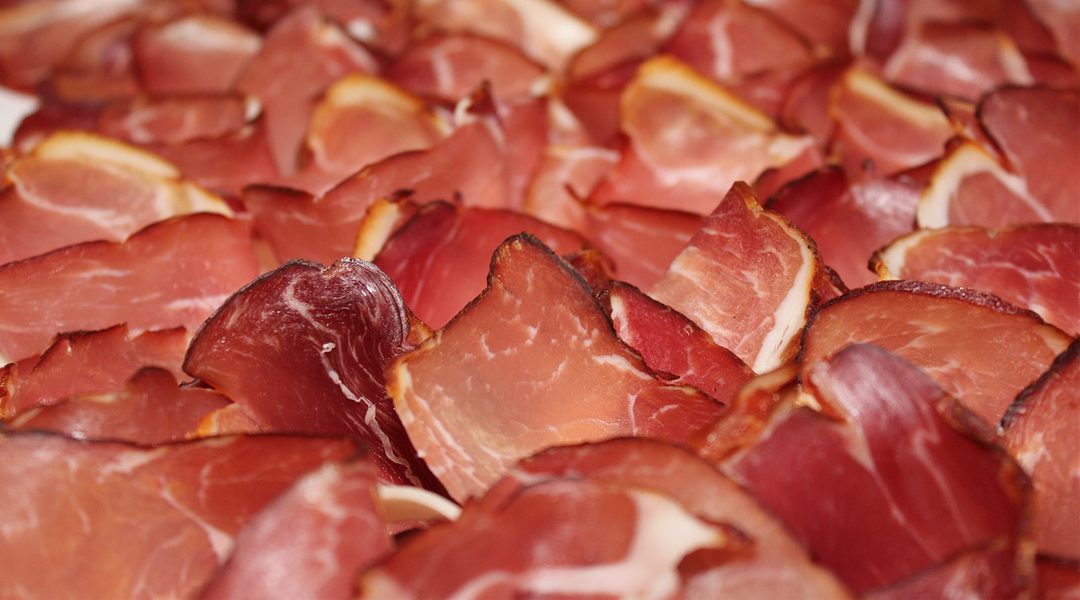
New Innovative Plasma Curing Process For Ham
A team of researchers found an innovative way of curing ham by using plasma-treated water as an alternative to chemical curing solutions.










